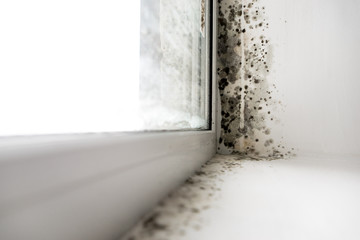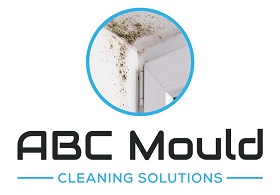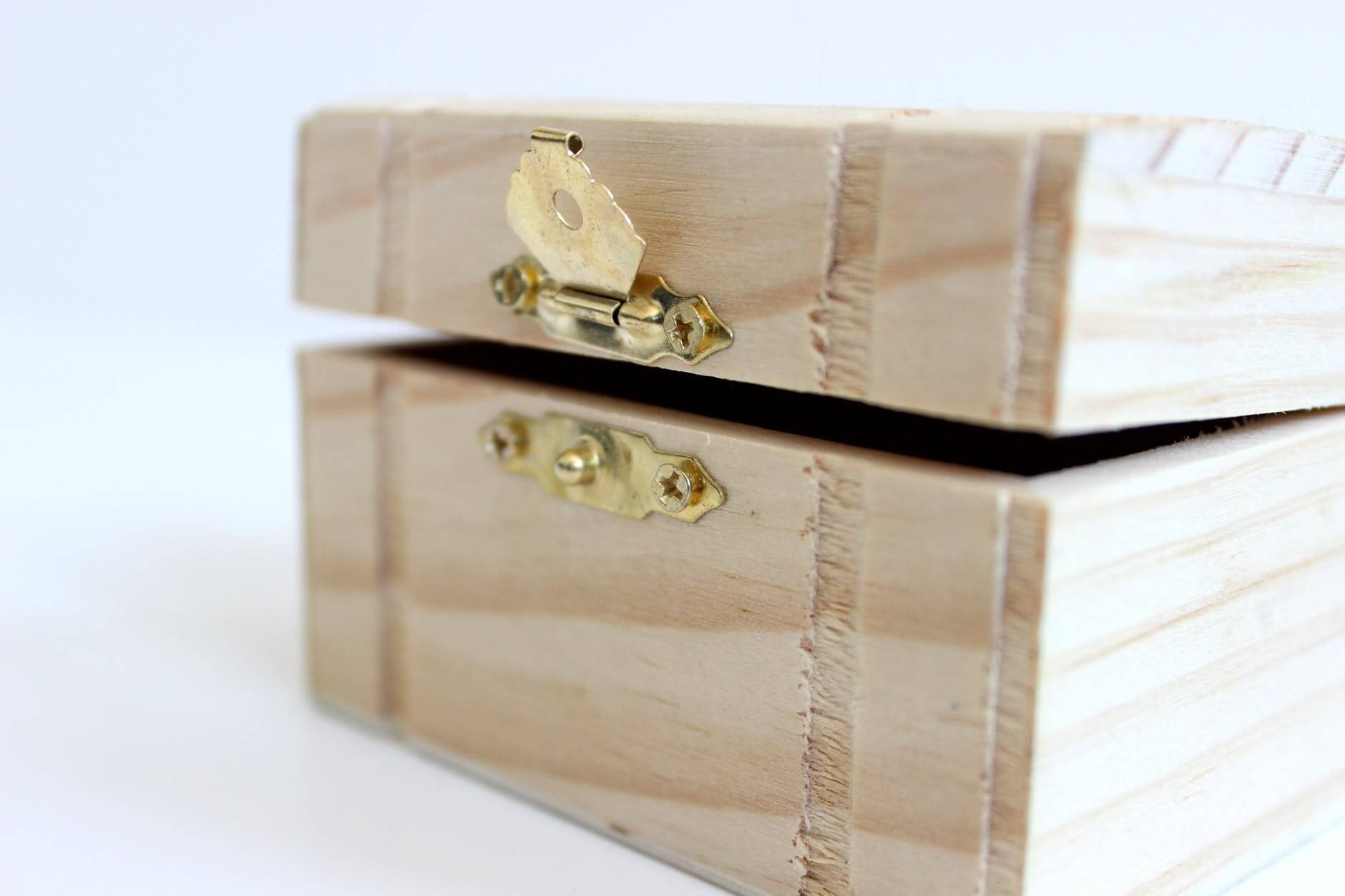Storage Box Moulds & How To Prevent Them – Mould In Storage Box
Mould In Storage Box – Preventing this requires you to take steps to eliminate some mould which has collected.
Additionally to prevent mould growth later on.
This detects the existence of mould from the storage region. Mould spores can help remove the mould before you shop your boxes.
Along with this, this may also enable you to look out for additional things which would influence mould development. Like the existence of an excessive amount of humidity which might have to be eliminated.
Things You Can Do To Prevent Mould In Storages – Mould In Storage Box
 Several approaches can then be utilized to place the storage containers in storage in such a way that they won’t be impacted by mould growth.
Several approaches can then be utilized to place the storage containers in storage in such a way that they won’t be impacted by mould growth.
For starters, you can remove the source of mould growth in the region as stated above.
Businesses who do mould removal and inspection are extremely good at additionally providing preventative services. Like identifying and elimination of resources of humidity that could promote mould growth.
As soon as you’re confident the danger of mould growth is considerably reduced, it is possible to then set the things in storage.
Utilizing Desiccants – Mould In Storage Box
 Using desiccants also turns out to be somewhat helpful in controlling mould growth in these configurations.
Using desiccants also turns out to be somewhat helpful in controlling mould growth in these configurations.
Ideally, these desiccants must be held within airtight storage containers. In this manner, they will remove all of the humidity from the torso without being drained. Therefore, maintaining the atmosphere dry for quite a while.
When they’re exposed to the atmosphere, the desiccants will absorb moisture around the point at which they’re completely saturated.
This impact will no longer function.
It’s crucial to pick desiccants attentively for this function. They have to work and must be made to absorb the anticipated amount of moisture from the storage space without getting saturated.
What Can You Do?
If you choose to maintain the storage containers in self-storage units.
Then you may even decide to invest in the ones that have climate control attributes.
Sensitive wooden things are typically most likely to this. Self-storage units with climate control tend to be more costly than normal ones. However, they are worthwhile in the future.
Especially if you would like to eliminate mould growth as far as you can.
Assess Storage Boxes Often For Mold Growth – Mould In Storage Box
As soon as you’ve placed the storage containers in storage, then it would be smart to frequently inspect them to get mould especially if they’re to maintain storage for quite a while. Doing so often, like every 3 or 6 weeks, guarantees that any mould doesn’t spread broadly.which may become hard to control. It’s a good idea to get this done utilizing the support of a mould review expert because mild mould infestations can be hard to recognize and remove by yourself.
Mould Problems In Storage & Dangers
It’s all about us and some of it’s beneficial, but if it assembles on hidden surfaces, it’s an indication of trouble.
Self-storage units are not immune to the hazards of mould. If you intend to safely save things out your house, the last thing you would like to locate is mould growing in your cardboard boxes and family heirlooms.
Since it develops gradually and thrives in areas which are out of sight, you may not get it when mould takes over your saved items. In the very first indication of mould, self-storage renters will need to act fast to remove a possible health and property harm nightmare.
Hazards of Mold –
Mould In Storage Box
In our living areas, mould can cause severe health issues. Mould spores — the very small particles which are much like seeds or pollen within pant life — may cause allergic reactions, respiratory difficulties, and much more.
The prospect of harm does not stop in human wellness. Mould can ruin clothes, newspapers, wood furniture, upholstery, and any porous thing. Mould can grow slowly over time. Water flows, as well as other causes of dampness at a house or storage space, can cause mould growth and accumulation.
Is that each splotchy water stain due to mould? On occasion, a less-threatening fungal spore is your offender. Mildew and mould equally are microscopic fungi. Mould can be scarier from a wellness standpoint, as in the case of black mould that’s highly toxic.
When managing mould and mildew at a storage unit, consider an orderly and organized strategy that simultaneously reduces the issue, determines obligation, and makes certain that the mouldy scenario will not recur.
Here is what to do if you discover mould or mildew on your storages that are hazardous and dangerous
1. Assess the Mold Problem.
If you walk into your storage unit greeted with the pungent, dank, musty odour of mould or mildew, the rate is your best ally. Although it’s crucial to move quickly, it is also vital to completely understand the situation at hand. Thoroughly inspect your items and the storage unit generally. This measure will allow you to identify possible sources of this spore activity.
Were your furniture and other things already damp when you put them in the storage device? At precisely the same time, a visual inspection of the unit can identify if there is a leaky roof or another supply of water or dampness.
2. Require Immediate Action to Mitigate Damage.
Since mould and mildew can cause irreparable injury, it’s essential to start cleaning this up when possible. Typically, you should empty the storage device so that damage is visible. If mould is present in the device itself, cleaning your items inside the unit will likely just supply a wonderful new surface for the mould to assault. Since removing your belongings and finding a staging area for cleaning can be debatable, it’s also important to advise the storage centre control of the mould.
Since the unit is infected with mould, your priority must be to remove your belongings from the device and into a new place for cleaning.
Whenever you’re ready to save your items again, the storage facility will supply you with a new device, or you might prefer to take your items to a different storage facility altogether.
3. Know the Conditions of Your Storage Unit Agreement.
While it’s crucial to minimize delay, then you need to be knowledgeable about the conditions of your storage unit rental agreement before you move to contact the management of this facility. Although local and state laws may render some clauses unenforceable, standard storage unity language puts the risk of loss for water damage squarely on the renter. In other words, mould and water damage are not their issues, but yours.
Most storage unit operators need their tenants to ensure their belonging for this reason. Your homeowners or renter’s insurance policy may pay for the harm, or if you purchased another policy, mould damage may be insured. In the event, you discover mould damage, file a claim straight away.
What Else Can You Do?
Just take the time to reassess your lease agreement and any insurance policies to ascertain when you have a supply of help, but be sure to work quickly to stop the spread of mould. Even though your rental agreement may create your account for any damage, notify direction anyway. When there is a water flow, the unit owners need to correct the problem to prevent further damage or issues with different units.
4. Make Sure Everything is Mold-Free.
Since mould is equally damaging and prone to spreading, it’s vital to clean it before it becomes worse.
If there are things which are unsalvageable, like papers or damaged items with little if any value, eliminate them. Generally, the more porous a product, the more difficult it is to clean.
Fabrics and upholstery can pose a challenge. With those things, mould dives deep into fibres and cushions. But, all isn’t lost if you discover mould on your saved sofas, seat pads, linens, or even genders. For these more vulnerable pieces, begin using a dry cleaning method before introducing water or other fluids.
Use a vacuum and a soft brush to loosen and eliminate mould spores.
Eliminate cushions and inspect the deep cracks and other hidden regions of furniture to determine whether the mould has spread. Make sure you avoid soaking the fabric, as dampness may exacerbate the mould issue.
Allow items to dry completely before putting back to storage.
5. Take Steps to Prevent a Mold Recurrence.
As soon as you’ve stopped the mould, you must look to the future to ensure the situation does not happen again. If the climate is humid, dampness and the subsequent mould could be inevitable, however, there are a couple of steps to take to decrease the problem.
First, make sure that you are not storing damp items. You can add a moisture-control or mould avoidance product to your own storage space, such as DampRid, Dri-It or even Eva-Dry to help equilibrium humidity levels.
Another preventative measure involves protecting your things from the mould.
Use airtight storage containers for clothes, and insure furniture in plastic. In the end, if the self-storage unit has high humidity and is prone to mould and mildew.
What Else Can You Do?
Then you might choose to seek storage elsewhere. Your best alternative is to choose a climate-controlled storage device. That has HVAC systems which maintain optimal humidity levels.
It’s in the air all about us, but it does not need to ruin your storage unit scenario.
Maintain your things clean and dry, drop by your storage space regularly, and understand which things are vulnerable to mould damage.
With an action program, you can avoid or reduce costly damage before it gets out of hand.
Preventive Measures
Among the biggest issues people have when it comes to placing their possessions in self-storage would be that the fear of mould growth in their containers and their things.
When you place your stuff into storage, then you would like it to come out looking as fine as it went. Fortunately, there are a couple of things that you can do before going into your unit to stop mould from storage containers.
Pick your boxes sensibly. Once it comes to boxes, most individuals tend to gravitate towards utilizing used boxes to pack up their possessions.
Although you win points to be eco-friendly and utilizing a box rather than a litter bag if you do not opt for the ideal box.
Then you might be inviting moisture inside. When preserving books or art, it is ideal to utilize watertight. Acid-free boxes that will stop moisture from penetrating. From time to time, boxes are not the ideal choice in any way.
What Else Can You Do?
Clean and sterile things before leasing. Before placing your items in storage, so it is extremely important to be certain they’re dry and clean.
Dirt left in your possessions can certainly cause scrapes or leave a movie if left for a long time.
Clothing and upholstery which get placed in storage while moist can bring mould. As well as compounds and woodwork can corrode or rust.
Moisture can quickly migrate into other things. So place your cleanliness standards high while packaging.
Pack desiccators on your containers.
Desiccators are items like silica gel packs that help cope with any residual moisture. Remember, however, occasionally these packs perish.
Believe in airflow!
Airflow is vital to making mould-free surroundings on your storage device. Airflow isn’t merely vital for a few items being put in containers, but also on your unit as a whole.
Avoid pushing containers, boxes, and other big objects straight up against a wall socket.
Furthermore, make certain to leave space between heaps of boxes and avoid putting them directly in addition to the cement flooring. Concrete is porous, and at times moisture in the floor can be lurking beneath it.
Climate-controlled units are not a necessity, but when you are somebody who likes to live in their security, it might be a terrific alternative for you!
Contact An Expert
Mould Removals Sydney will continue to keep your saved items safe and sound – like a real storage encounter you won’t find anyplace else. Stop from the closest location to have a look at our adaptive, trustworthy, and professional storage alternatives.

